

Bodh Gaya, a small town in Bihar, is a spiritual beacon for millions around the world, drawing visitors from all walks of life who are seeking peace, wisdom, and enlightenment. As the place where Gautama Buddha attained enlightenment under the Bodhi Tree, Bodh Gaya is steeped in history, serenity, and sacred significance. Whether you're a pilgrim or a traveler exploring the rich cultural heritage of India, Bodh Gaya offers an unforgettable experience. Here are three must-visit attractions that make this sacred town a top destination for tourists.
The crown jewel of Bodh Gaya is undoubtedly the Mahabodhi Temple, a UNESCO World Heritage Site that marks the exact spot where Lord Buddha attained enlightenment over 2,500 years ago. This magnificent temple complex stands as a symbol of peace and spiritual awakening. The towering spire of the temple reaches over 50 meters high and is adorned with intricate carvings that depict scenes from Buddha's life. Inside the temple, a beautiful golden statue of Buddha sits in a meditation posture, surrounded by peaceful energy that instantly transports you into a realm of tranquility. The temple is a constant hub of devotion, with monks and visitors chanting prayers, offering flowers, and meditating in the serene surroundings. As you walk through the temple grounds, you’ll feel the spiritual energy that has drawn millions of pilgrims and tourists from around the world.
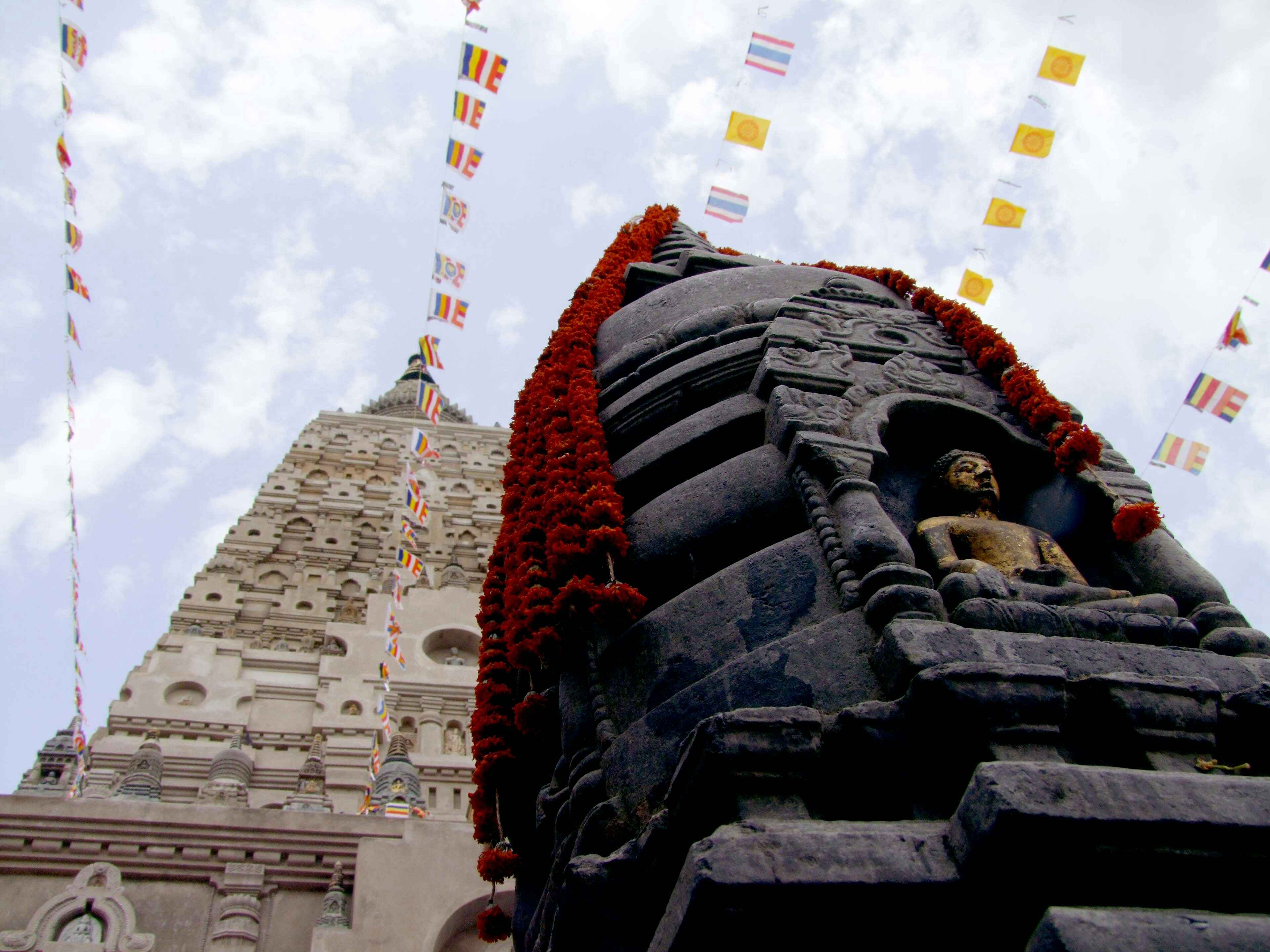
|
No visit to the Mahabodhi Temple is complete without paying homage to the revered Bodhi Tree. Situated to the left of the temple, this sacred tree is believed to be a direct descendant of the original Bodhi Tree under which Lord Buddha meditated and attained enlightenment. Pilgrims from all over the world come to sit in its shade, meditate, and offer prayers, seeking spiritual awakening and inner peace.
Beneath the Bodhi Tree is a raised platform known as Vajrasana, or the Diamond Throne, originally installed by Emperor Ashoka. It marks the exact spot where Buddha is said to have sat during his meditation. This hallowed ground is where many devotees perform prostrations, a purificatory ritual that some monks are known to do in counts of up to 100,000 in a single session. The peaceful aura surrounding the Bodhi Tree, coupled with the chanting of monks and the gentle rustle of its leaves, creates a spiritual atmosphere unlike any other. It’s a place where time seems to stand still, offering visitors a chance to reflect on their lives and connect with the deeper truths of existence. |

The Mahabodhi Temple is an architectural marvel, constructed primarily of brick—a rarity for ancient Indian structures, especially in eastern India. Spread across 5 hectares, the temple complex showcases a classical style of Indian temple architecture that has captivated visitors for centuries. The towering 55-meter-high pyramidal shikhara (tower) is the focal point, adorned with intricate carvings, layers of niches, and arch motifs that reflect the skill and craftsmanship of ancient builders.
Four smaller towers, identical to the main shikhara but slightly smaller, grace the corners of the temple, creating a harmonious visual balance. As you walk through the temple's two-story structure, you'll be mesmerized by the artistry displayed in its every detail. The temple’s sanctum sanctorum houses a stunning 10th-century gold-painted statue of Lord Buddha, seated in the Bhumisparsa Mudra, or the Earth-touching posture, symbolizing the moment Buddha called the earth to witness his enlightenment.
In a gesture of profound respect, the upper portion of the temple was gilded with gold in 2013, a generous gift from the King of Thailand and his devotees, further adding to the temple’s resplendent beauty.
To ensure a smooth and fulfilling visit to the Mahabodhi Temple, here is essential information to keep in mind:
Timings: The temple is open from 5 AM to 12 PM and again from 4 PM to 9 PM. It is best to visit during the early morning or late evening hours when the temple is less crowded and the atmosphere is particularly serene.
Entry Fees: There is no entry fee for visiting the Mahabodhi Temple. However, if you wish to capture the memories of your visit on camera, a nominal fee of Rs. 20 is charged for photography, while Rs. 300 is required for video recording.
How to Reach: Bodh Gaya is well-connected by road, and the Mahabodhi Temple is located just 1.5 kilometers from the Bodhgaya Bus Station. The nearest railway station is Gaya Junction, about 16 kilometers away, while the nearest airport is Gaya Airport, just 12 kilometers from the town. Auto-rickshaws and taxis are readily available for transportation within Bodh Gaya.
Best Time to Visit: When Peace Meets Pleasant Weather:
The ideal time to visit the Mahabodhi Temple is between October and March, when the weather in Bodh Gaya is cool and comfortable. This period also coincides with several important Buddhist festivals, including Buddha Purnima, making it a spiritually enriching time to visit. The temple is particularly vibrant during these festivals, with monks and pilgrims gathering from all corners of the world.



"Discover serenity at ISKCON Patna – a spiritual haven where devotion meets peace in the heart of Bihar's capital."
For more details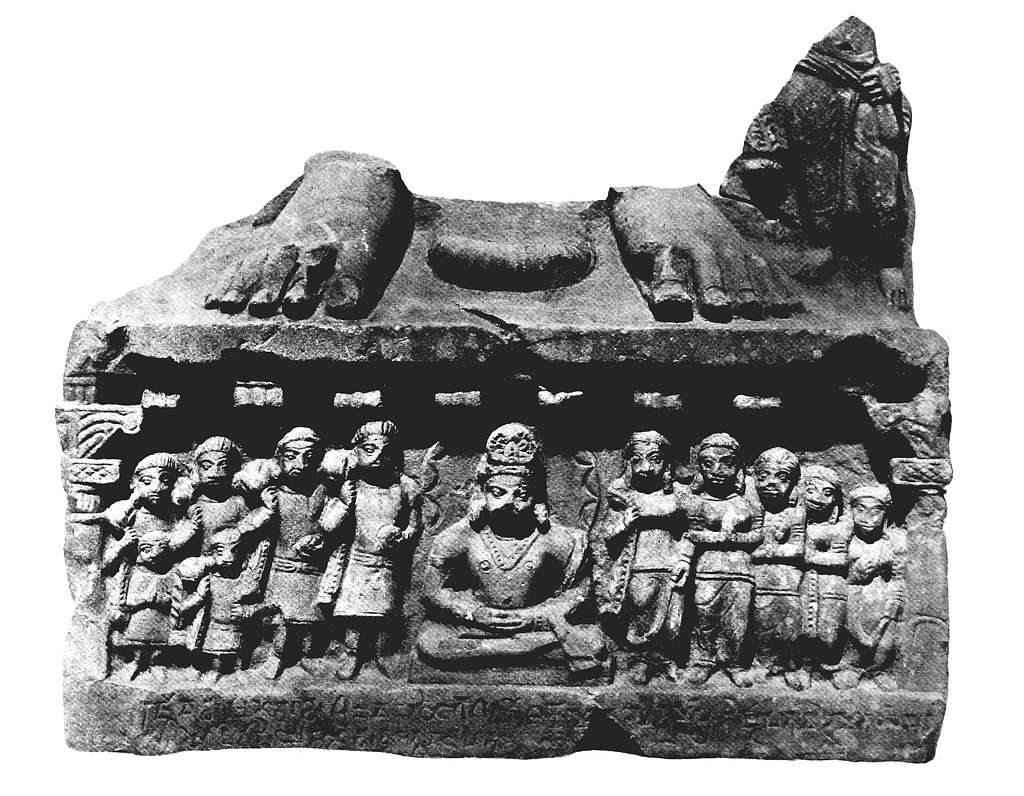
"Explore Patna Museum – a journey through Bihar's rich heritage, ancient artifacts, and timeless treasures of India's glorious past."
For more details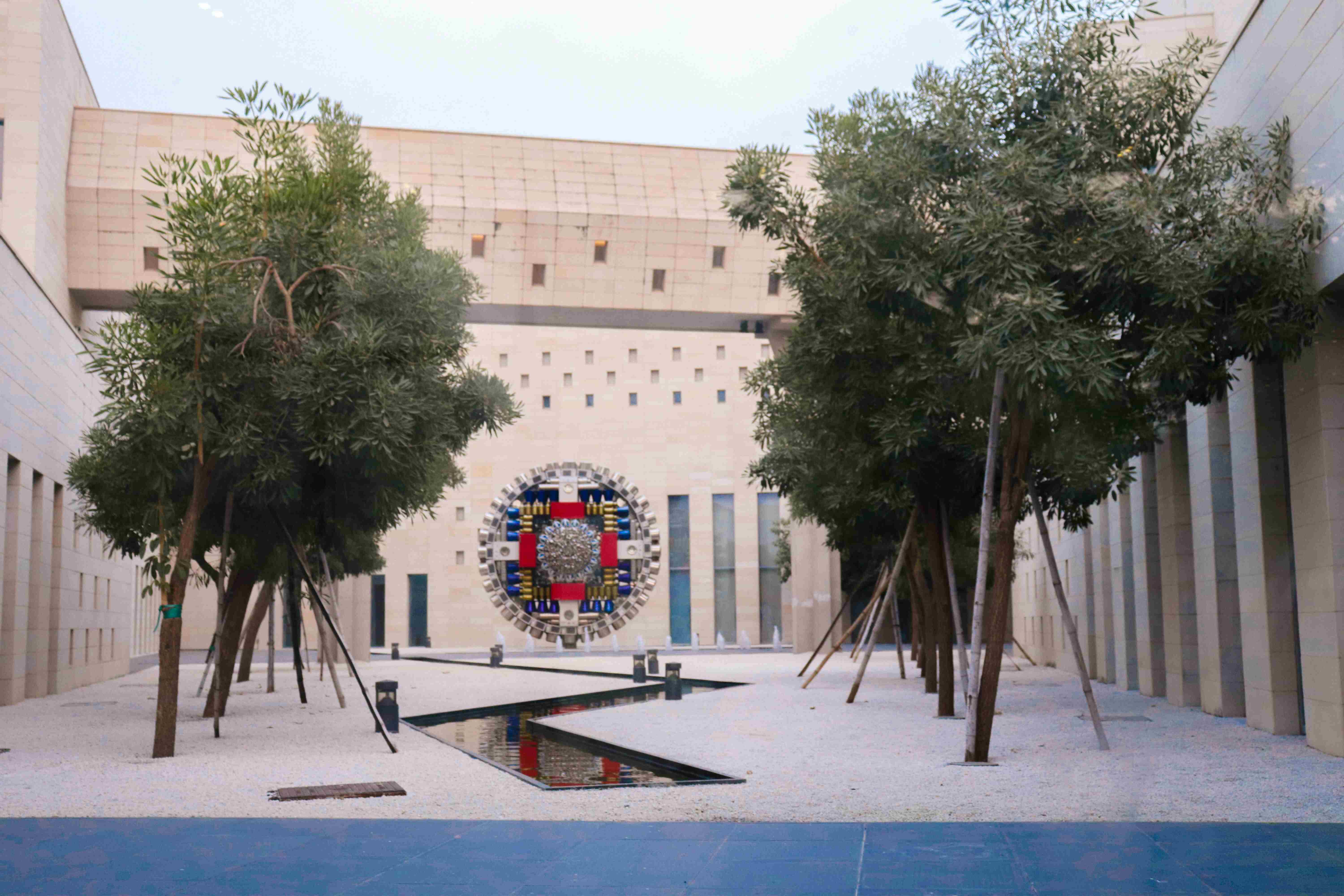
"Discover Bihar Museum – where history, art, and culture come alive, showcasing the vibrant legacy of Bihar’s ancient past."
For more details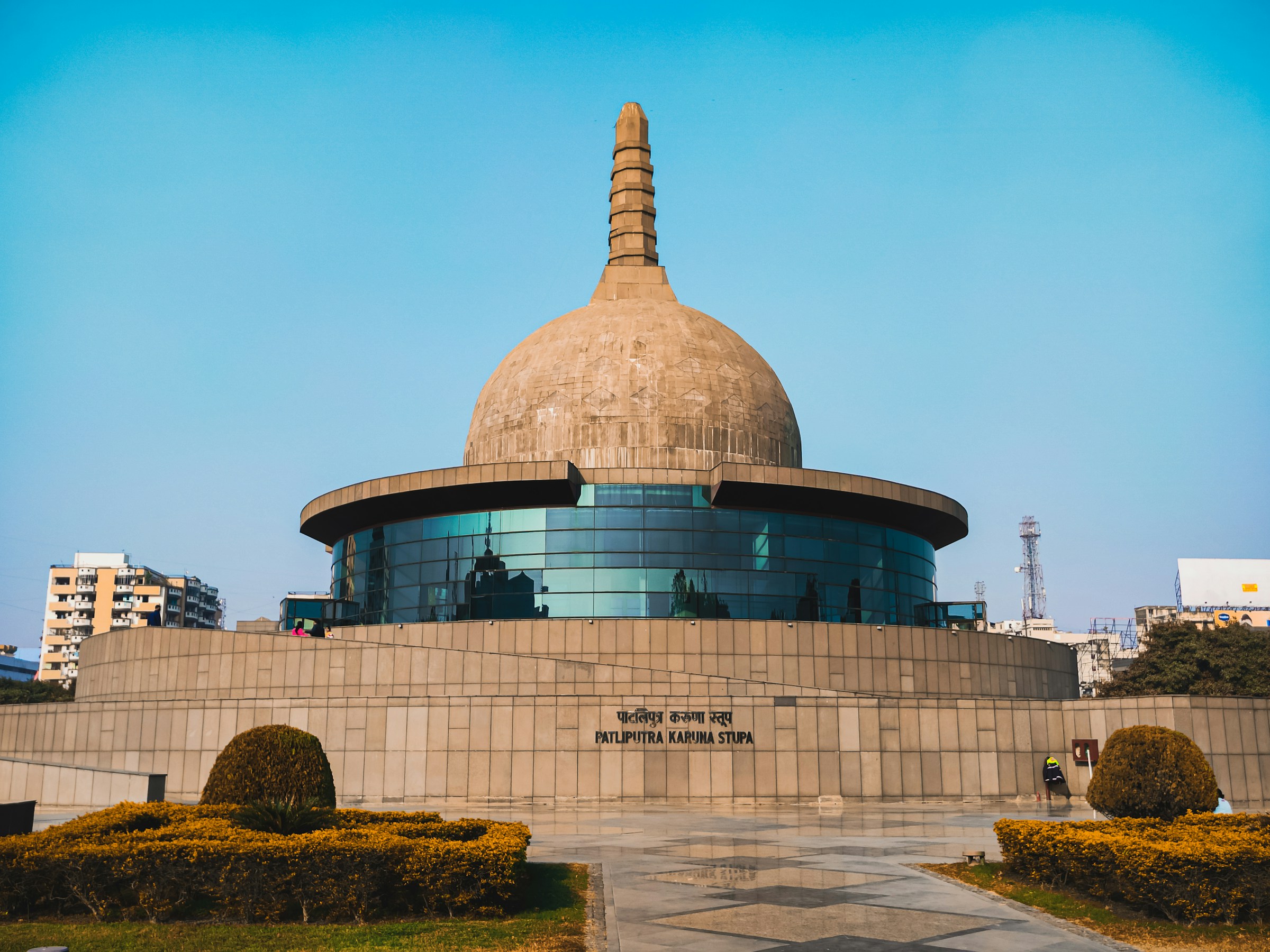
"Experience tranquility at Buddha Park – a serene escape in Patna, where peace and spirituality blend with natural beauty."
For more details
"Explore Patna Zoo – a lush green sanctuary where wildlife, nature, and adventure come together for a perfect family day out."
For more details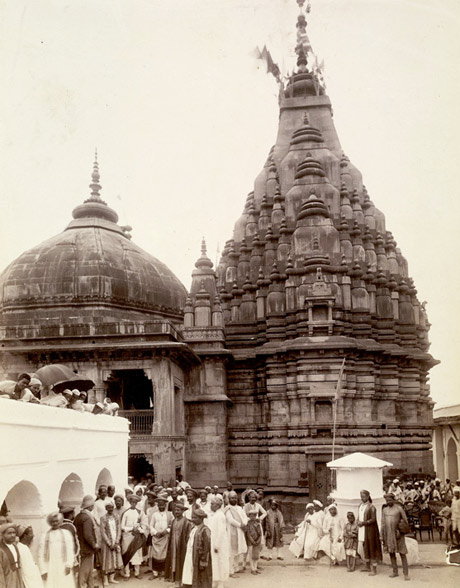
"Visit Vishnupad Temple – a sacred pilgrimage where devotion meets history, nestled in the spiritual heart of Gaya."
For more details
"Visit Mahabodhi Temple – a sacred pilgrimage where devotion meets history, nestled in the spiritual heart of Bodh Gaya."
For more details
"Discover Ghora Katora – a peaceful lakeside retreat near Rajgir, where nature’s beauty and serenity offer a perfect escape."
For more details
"Uncover the mystery of Barabar Caves – India’s oldest rock-cut caves, steeped in history and ancient Buddhist heritage."
For more details
"Explore Dungeshwari Cave Temples – sacred ancient caves where Lord Buddha meditated, offering spiritual peace and historical significance near Bodh Gaya."
For more details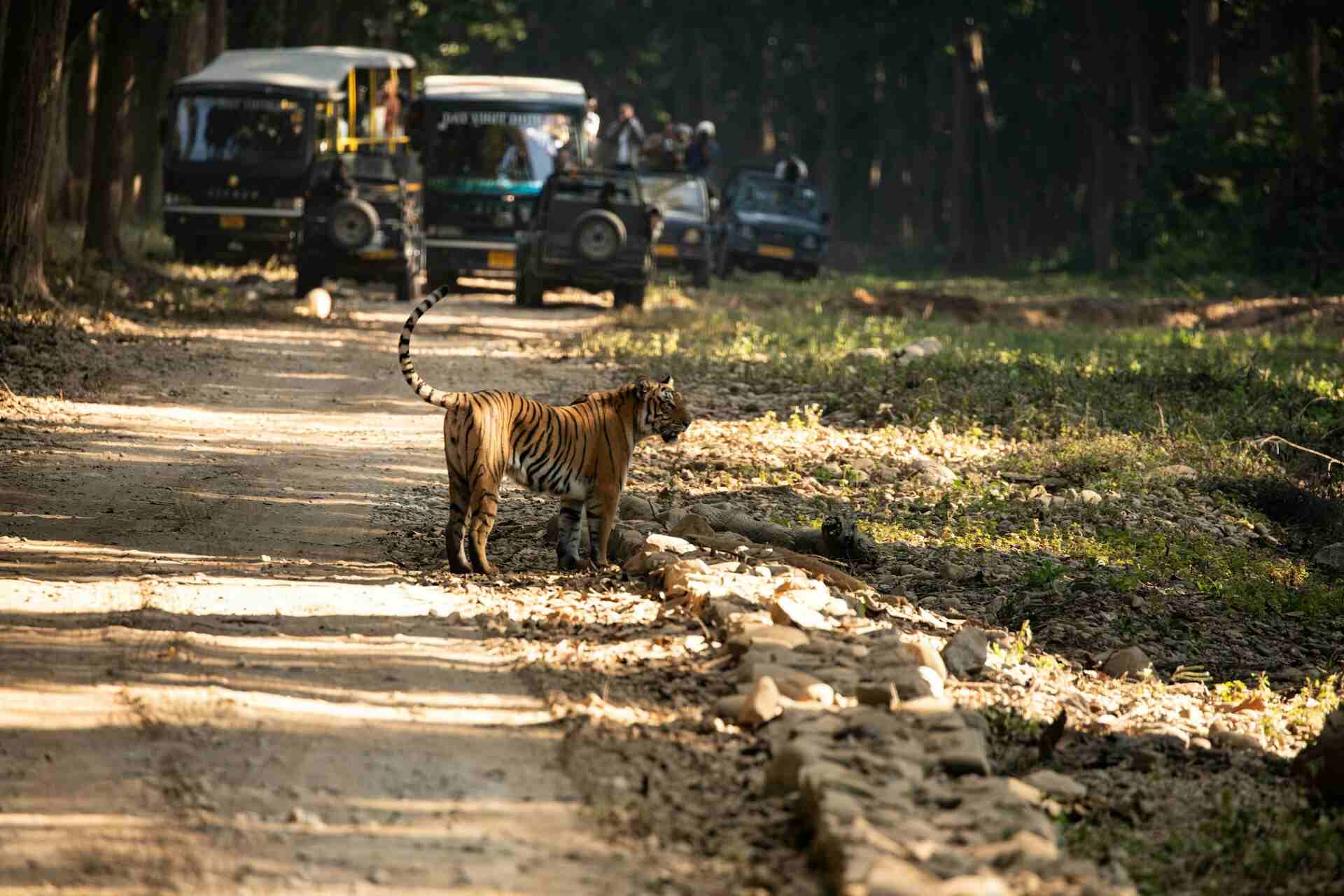
"Embark on an adventure at Rajgir Safari – a thrilling wildlife experience amidst the natural beauty and hills of Rajgir."
For more details